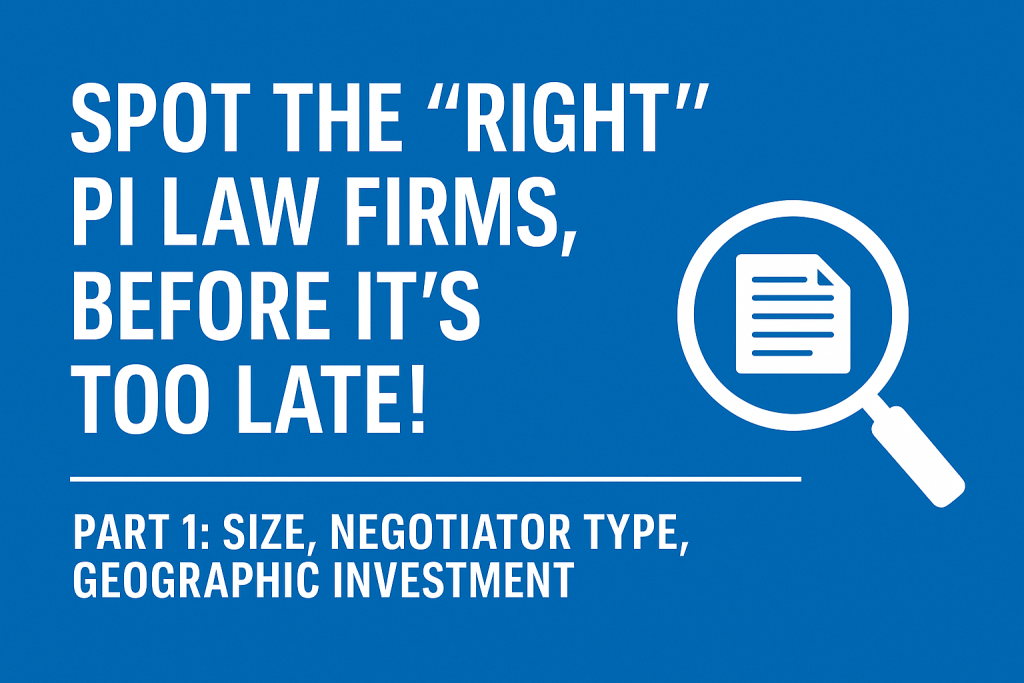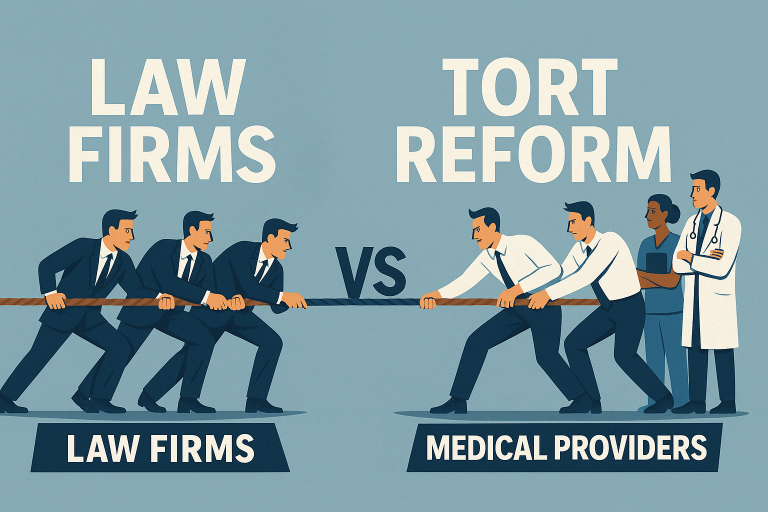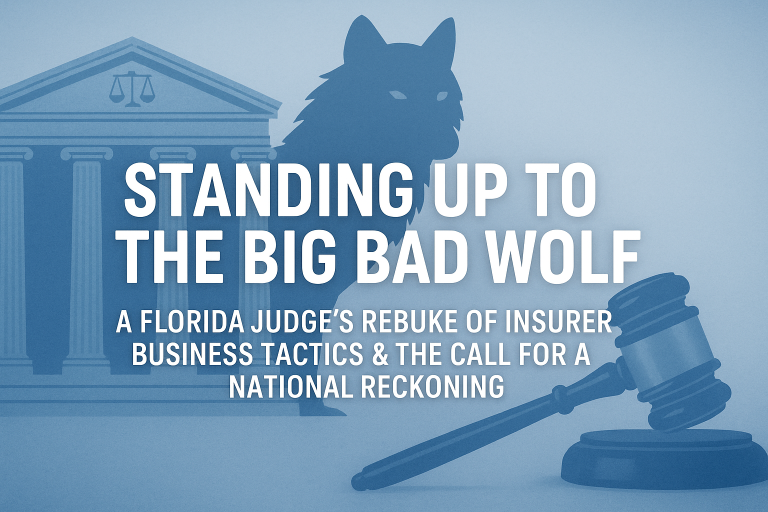
Part 1 of 6: How Medical Providers Can Spot the “Right” Personal Injury Attorney Relationships, Before it’s too Late!
Size, Negotiator Type and Geographic Investment Matter
Let me begin with a question:
What if your financial success in treating personal injury patients had less to do with your clinical expertise and more to do with your patients’ attorneys?
Because here’s the hard truth that too many medical providers learn the hard way: not all attorneys, and not all attorney relationships, are created equal.
Some attorneys are fair, transparent, and focused on achieving the best outcomes for both their clients and the medical providers who care for them. But others? They’re transactional, dismissive, slow to pay, and quick to negotiate you down leaving you not just underpaid, but undervalued.
That’s why I’m writing this series: to sharpen your instincts and help you evaluate the attorneys you work with, or are considering working with, not based on guesswork but on proven patterns and common sense. When you take on a personal injury patient, you’re not just accepting the patient, you’re accepting their attorney. It’s a dual relationship.
The goal is to shift your thinking from “anything is possible” to “here’s how I can increase the probability of a positive experience and getting properly and timely paid.”
Because when you’re agreeing to wait for payment and rely on the outcome of a PI case, you don’t just want patients—you want predictability. You don’t just want volume—you want value, especially given the time, risk, and uncertainties involved.
This six-part series will walk you through various factors to consider. I’ll introduce a few at a time for you to reflect on, and eventually you’ll have a complete framework for a balancing test. I’ll provide the weights to place on either side of the probability outcome scale.
And by probability, I don’t just mean payment or “how much”, I also mean timing, transparency, ethics, and other crucial variables that can tip the scale one way or the other.
Let’s explore the first three attorney evaluation factors. These are early indicators that will help you determine whether a lawyer will be a true partner—or a costly problem.
1. Law Firm Size and Media Presence
You know the ones: their face is on the freeway, bus benches, billboards, TV, and their voice all over the local radio. They’re the “Call Now, Win Big” firms.
Here’s the reality: the larger the law firm, the more volume drives their business model. That can be both a benefit and a burden.
Sure, they may have the ability to refer more patients to you. But they’re also juggling hundreds and sometimes thousands of active cases. In that environment, your patient becomes a number. And you? A vendor. Relationships? Forget about it.
In large firms, you rarely speak to an attorney. You’re passed from a records coordinator to a case manager, to litigation support, and finally to a “lien specialist” when it’s time to get paid. It’s a game of musical chairs, and you’re always trying to figure out who’s next. You will spend a lot of time tracking down the current handler and getting status updates, and then getting paid.
Worse still, these firms often push volume at the cost of quality. Low-value or liability-challenged cases may get ignored, dropped, or settled quickly for less just to close the file. And who ends up fighting for payment? You do.
Volume doesn’t equal value, especially when it brings inconsistency, neglect, and administrative chaos.
2. Attorney & Staff Type: Personality, Style, and Professionalism
Let’s go behind the logo. Law firms have personalities—and understanding them helps you assess how communication, negotiation, and respect will play out.
Some attorneys are elite, being more polished, persuasive, commanding. Others are more blue-collar—relatable, direct, no-frills.
You don’t need one type over another. You need someone who matches your working rhythm and respects your clinical role.
You’ll also notice that attorneys and staff generally fall into one of three negotiation styles:
- The Analyst: Detail-focused, asks questions, and is legally and factually thorough. Great for providers who do it right.
- The Accommodator: Friendly and flexible, but often vague and slow to respond. Good for building relationships but frustrating on execution.
- The Assertive: Confident and aggressive, sometimes to the point of being combative. Wants to win at all costs, which may come at your expense.
These styles influence everything from responsiveness on status requests to lien negotiations. Do they respect your time? Do they initiate communication or only respond when pushed? These are strong indicators of whether they view you as a partner—or just a line item on a spreadsheet.
3. Geographic Footprint & Investment: Are They Truly Local?
Here’s a factor many overlook: Where is the law firm actually based and what investment are they making locally?
Some firms are genuinely local. They show up at community events. They have physical offices nearby. They know the local medical ecosystem and they respect it. These firms build meaningful, long-term relationships. When they refer to you, it’s with intention. When you refer to them, it’s with trust.
On the flip side, there are firms advertising across a dozen cities, spanning counties or states yet with little to no actual presence in those areas. These are high-volume referral mills. And you? You’re not a partner. You’re a name on a list of “convenient providers.”
Out-of-area firms tend to be transactional. They don’t send consistent referrals, misunderstand local norms, and when issues arise, you get the runaround. There’s no relationship equity, only a one-way exchange.
Of course, there are exceptions. But don’t count on them.
Conclusion to Part 1: ROI and ROR Start with Awareness
Evaluating attorneys isn’t about being cynical. It’s about being strategic.
You’re not just treating patients. You’re investing your staff’s time, your practice resources, and your professional reputation. You have every right, and responsibility, to evaluate the law firms you collaborate with.
Start by assessing law firm size and visibility. Examine their communication and negotiation styles. And always consider their geographic footprint and investment in your community.
Because at the end of the day, it’s not about how many patients they can send, it’s about the relationship they’re willing to build.
And the best attorneys? They do both.
















